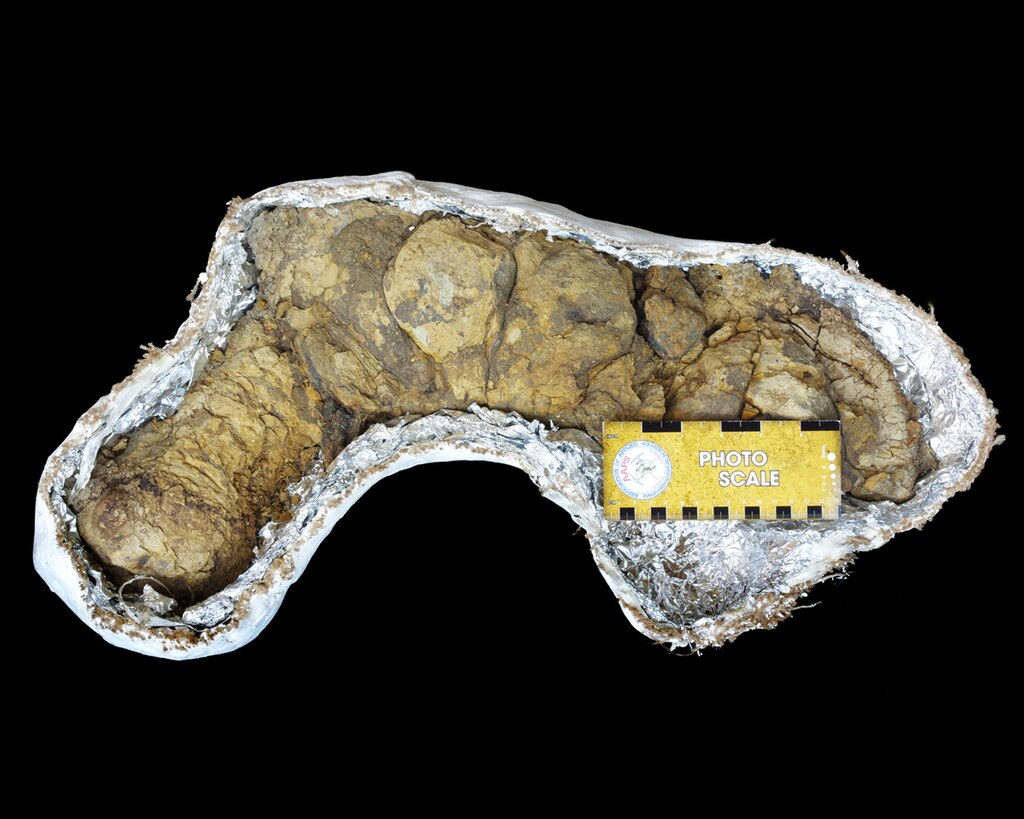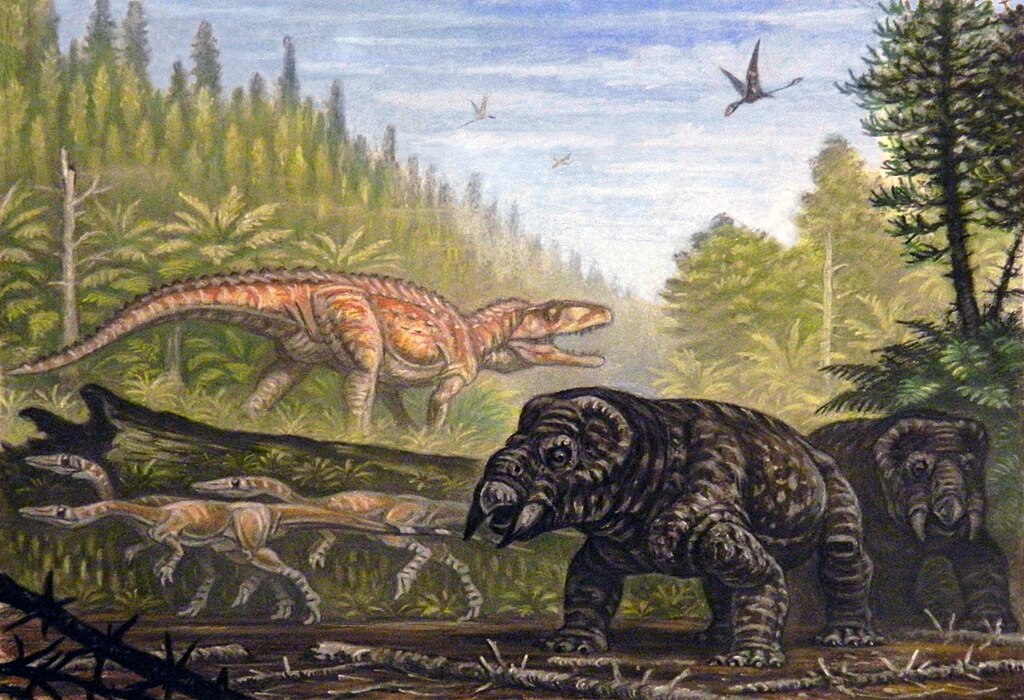The extinction of dinosaurs approximately 66 million years ago following the Chicxulub asteroid impact represents one of Earth’s most dramatic biological transitions. But what if that catastrophe had never occurred? What if dinosaurs had persisted into our modern era, experiencing the climate shifts that mammals have navigated over millions of years? This fascinating counterfactual allows us to explore the intersection of paleontology, evolutionary biology, and climate science, offering insights into both dinosaur adaptability and our current environmental challenges.
The Alternative Timeline: Dinosaurs Without Mass Extinction

To understand how climate change might have affected surviving dinosaurs, we must first establish our alternative timeline. In this scenario, the Chicxulub asteroid either missed Earth entirely or had a significantly reduced impact, allowing the Mesozoic ecosystem to continue evolving without catastrophic disruption. Non-avian dinosaurs would have maintained their ecological dominance while still facing natural selection pressures. The gradual cooling trend already underway during the late Cretaceous would have continued, presenting the first major climate challenge to these animals. Importantly, mammals would likely have remained relatively small and ecologically subordinate, potentially never experiencing the explosive diversification that followed the dinosaur extinction. This alternative Earth would have developed along an entirely different evolutionary trajectory, with dinosaurs as the dominant terrestrial vertebrates for 66 million additional years.
Dinosaur Adaptations to Cooling Periods

Following the Cretaceous period, Earth experienced significant cooling trends that would have challenged dinosaur physiology. Many paleontologists believe that dinosaurs possessed metabolic rates between those of modern reptiles and birds—potentially homeothermic (maintaining stable body temperatures) but not necessarily endothermic (generating internal heat) like mammals. Larger dinosaurs might have responded to cooling by evolving enhanced insulation, potentially developing primitive feather-like structures similar to those already present in many theropod lineages. We might have seen the evolution of dinosaurs with fatty deposits, denser scale patterns, or even early forms of blubber in some species. Behavioral adaptations would likely have included seasonal migrations to track hospitable climates, as suggested by evidence of dinosaur migrations already documented in the fossil record. Some lineages might have developed hibernation-like states during particularly cold periods, similar to strategies employed by some modern reptiles.
Size Changes in Response to Climate Shifts

Climate has profound effects on animal body size, as demonstrated by Bergmann’s rule (animals in colder climates tend toward larger sizes to conserve heat) and Foster’s rule (island species often undergo dramatic size changes). During cooling periods of the Cenozoic era, surviving dinosaur lineages might have experienced size increases in higher latitudes, developing larger, bulkier bodies to maintain heat. Conversely, during warming periods, we might have seen the evolution of smaller-bodied dinosaur species, particularly in tropical regions. The massive sauropods, already adapted to efficiently processing vegetation, might have undergone size reduction as plant productivity decreased with cooling climates. Predatory dinosaurs would have evolved in tandem with their prey, potentially developing more energy-efficient hunting strategies during resource-limited periods. The impressive diversity of dinosaur sizes observed during the Mesozoic suggests remarkable adaptability to changing climatic conditions that could have continued into our era.
Dietary Adaptations to Changing Flora
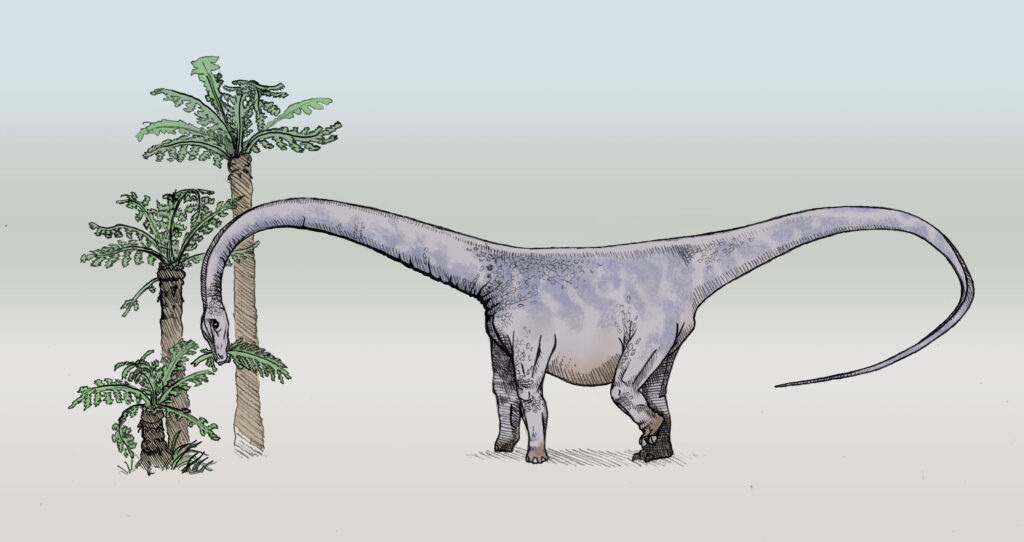
As climate patterns shifted throughout the Cenozoic, plant communities underwent dramatic transformations that would have required significant dietary adaptations from herbivorous dinosaurs. The spread of grasslands approximately 34 million years ago represents a particularly critical transition that dinosaurs would have encountered. Hadrosaurs and ceratopsians, with their complex dental batteries specialized for processing vegetation, might have evolved even more sophisticated dental adaptations for handling abrasive grasses. Sauropods, traditionally browsers of high foliage, might have developed lower-slung necks and specialized digestive systems to process new plant types. Some dinosaur lineages might have evolved omnivorous tendencies during periods of vegetative stress, similar to adaptations seen in some modern birds. The relationship between herbivorous dinosaurs and flowering plants, which were already diversifying in the late Cretaceous, would have continued to develop through complex coevolutionary dynamics influenced by climate shifts.
Thermal Regulation Strategies

Surviving the climatic upheavals of the past 66 million years would have required dinosaurs to develop increasingly sophisticated thermal regulation strategies. Evidence already suggests many dinosaur lineages possessed some degree of thermoregulatory capability beyond that of typical reptiles. During cooling periods, we might have seen the evolution of more complex insulation systems, including more widespread and sophisticated feathering in multiple lineages, not just among theropods. Larger dinosaurs might have evolved specialized circulatory systems to manage heat distribution throughout their massive bodies more efficiently. Behavioral thermoregulation would likely have become more complex, with dinosaurs potentially developing social behaviors specifically for thermal management, such as huddling during cold periods. The selective pressures of climate oscillations might have accelerated the evolution of true endothermy (internal heat generation) in more dinosaur lineages, potentially resulting in creatures with metabolic systems more comparable to modern mammals and birds.
Migration Patterns and Range Shifts
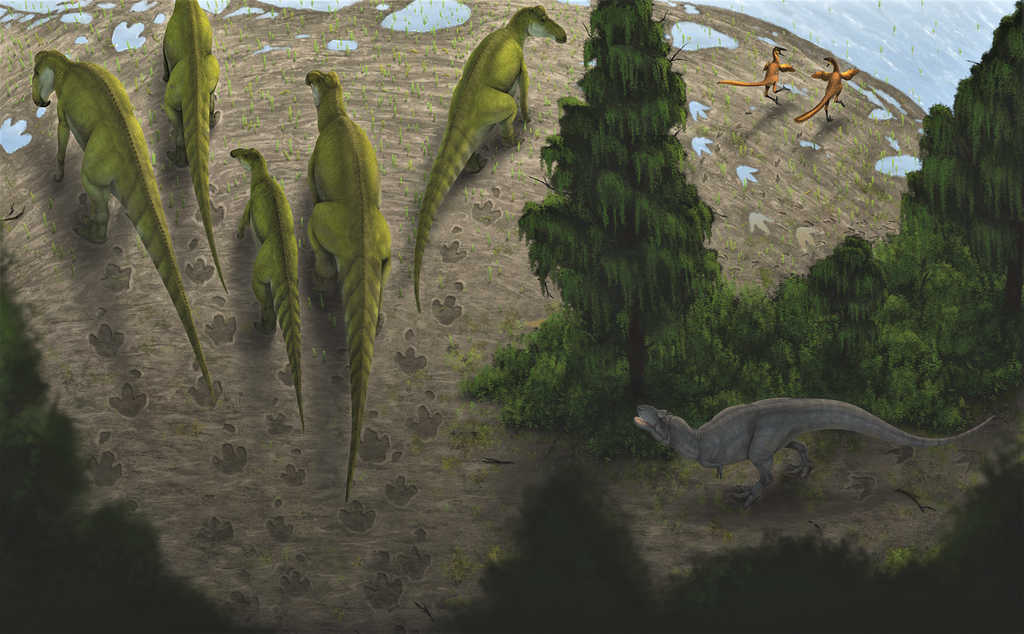
Climate change inevitably alters geographic distributions of species, and surviving dinosaurs would have developed complex migration patterns in response to shifting habitable zones. Evidence already suggests some dinosaur species engaged in seasonal migrations during the Mesozoic, but the dramatic climate shifts of the Cenozoic would have intensified these behaviors. We might have seen the development of dinosaur “flyways” similar to those used by migratory birds today, with regular mass movements across continents tracking seasonal resources. Marine regression and continental drift would have created land bridges at various points, potentially allowing dinosaur populations to colonize new territories previously inaccessible. Some dinosaur lineages might have developed remarkable long-distance migration capabilities, perhaps traveling thousands of miles annually to escape harsh winter conditions. The cognitive capabilities required for such complex navigational feats might have selected for increased brain size and social coordination in migratory species.
Competition with Mammals
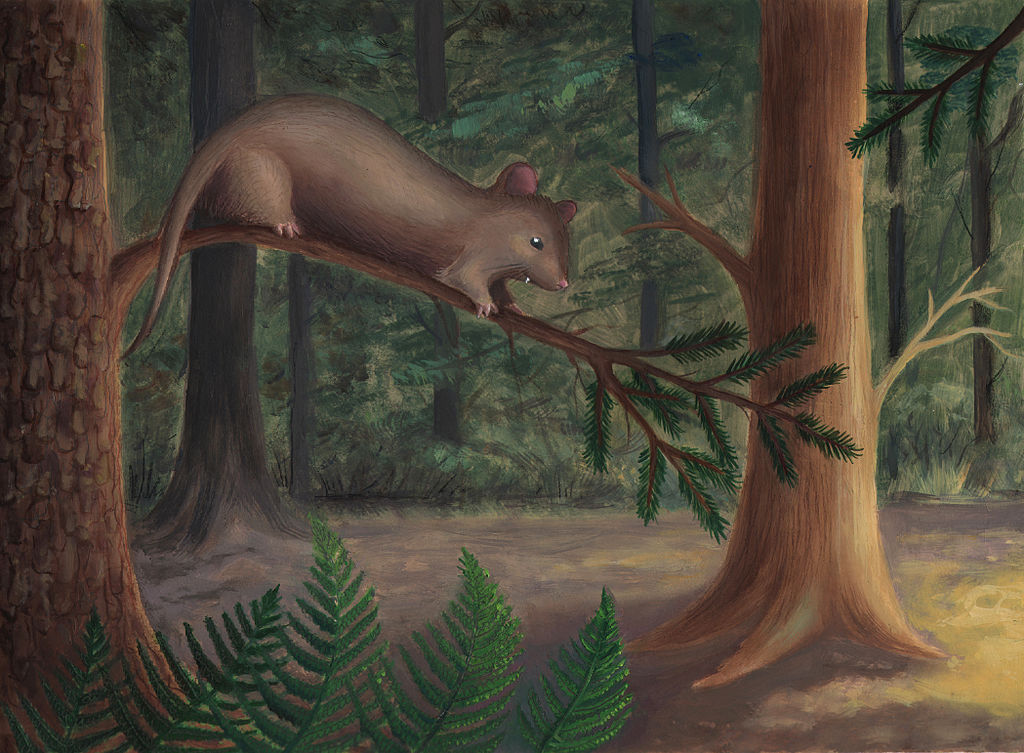
Even without the dinosaur extinction, mammals would still have existed alongside dinosaurs, creating an interesting competitive dynamic shaped by climate change. Mammals possess adaptive advantages during cold periods due to their endothermic metabolism and insulating fur, potentially allowing them to occupy certain niches during cooling phases. Small, nocturnal mammals might have continued to thrive in ecological niches less suitable for dinosaurs, particularly during cooler climate phases. However, dinosaurs’ long-established dominance would likely have prevented mammals from experiencing the dramatic adaptive radiation they underwent in our timeline. Interestingly, climate stresses might have driven unusual cooperative relationships between certain dinosaur and mammal species, similar to the commensal relationships we sometimes observe between different animal groups today. Competition would have intensified during resource-limited periods, potentially driving specialized adaptations in both groups to reduce direct competition.
Impact of Ice Ages on Dinosaur Evolution

The Pleistocene ice ages, occurring within the last 2.6 million years, would have presented extraordinary challenges to dinosaur lineages. These dramatic cooling events might have driven many dinosaur species to extinction, particularly those unable to migrate or adapt quickly enough to changing conditions. However, some dinosaur lineages might have developed remarkable cold-weather adaptations, potentially including thick insulating feather layers, seasonal fat storage, or even hibernation-like states. The cyclic nature of glacial and interglacial periods would have created powerful selective pressures, potentially resulting in rapid evolutionary changes over relatively short timeframes. We might have seen the emergence of specialized “ice age dinosaurs” with physical and behavioral adaptations specifically suited to cold environments, similar to woolly mammoths and other Pleistocene mammals in our timeline. The geographic isolation caused by ice sheets could have led to allopatric speciation, creating distinct populations adapted to different regional conditions.
Cognitive and Social Evolution
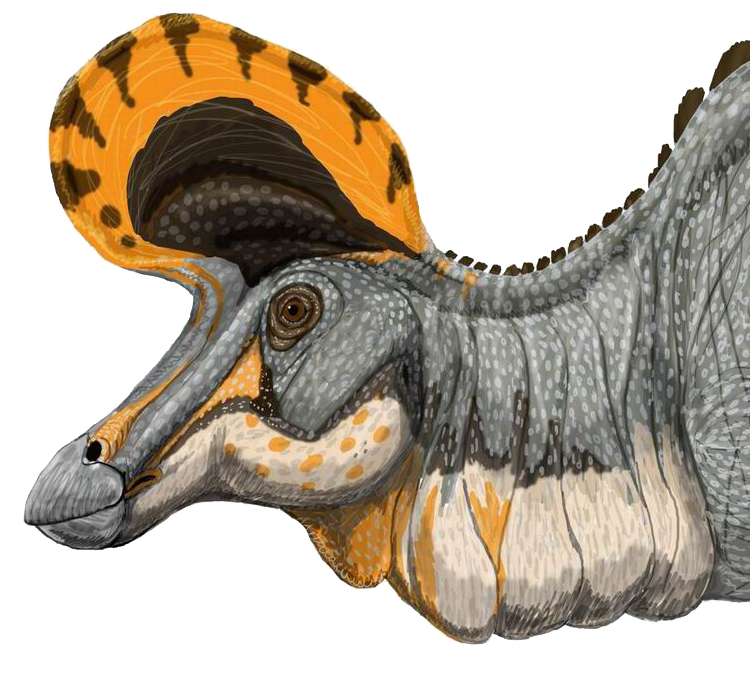
Climate instability often selects for behavioral flexibility and social cooperation, potentially accelerating cognitive evolution in surviving dinosaur lineages. Theropod dinosaurs, already showing evidence of relatively advanced cognition, might have evolved increasingly complex problem-solving abilities to manage climate-related challenges. Social dinosaurs like certain hadrosaurs and ceratopsians might have developed more sophisticated cooperative behaviors for resource acquisition during difficult climate periods. The need to track seasonal changes and remember migration routes could have selected for enhanced spatial memory and navigational abilities. Communication systems might have become more complex to coordinate group responses to environmental challenges, potentially including vocalizations, visual displays, or other signaling methods. These cognitive developments might have paralleled some of the social and intellectual evolution seen in mammals during our timeline, creating dinosaurs with intelligence potentially comparable to some modern birds and mammals.
Dinosaur Responses to Rising CO2 Levels

The natural carbon cycle has experienced significant fluctuations over the past 66 million years, presenting both challenges and opportunities for surviving dinosaurs. Higher atmospheric CO2 levels during certain periods would have increased plant productivity, potentially benefiting herbivorous dinosaurs through more abundant food resources. However, increased CO2 also correlates with higher temperatures, which might have stressed larger dinosaur species with challenges in heat dissipation. Ocean acidification resulting from elevated CO2 would have affected marine food webs, potentially impacting semi-aquatic or coastal dinosaur species. Changes in plant composition due to different CO2 levels would have required ongoing dietary adaptations from herbivorous dinosaurs. Had dinosaurs survived into the modern era of human-caused CO2 increases, they would face unprecedented rates of change potentially exceeding their adaptive capabilities.
Survival Through Extinction Events
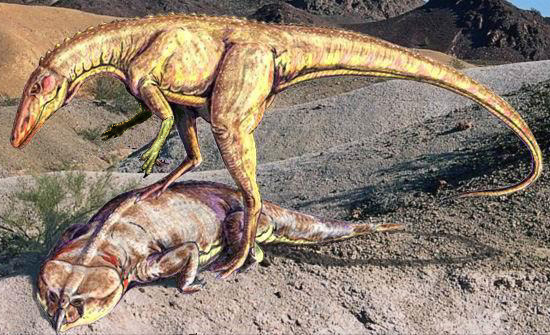
Even without the Chicxulub impact, Earth experienced several other significant extinction events over the past 66 million years that would have tested dinosaur resilience. The Paleocene-Eocene Thermal Maximum approximately 56 million years ago brought rapid warming that would have challenged large dinosaurs’ thermoregulatory capabilities. The Grande Coupure extinction event around 34 million years ago coincided with significant cooling and vegetational changes that would have required substantial adaptations from herbivorous dinosaurs. The middle Miocene disruption approximately 14 million years ago brought additional climate and ecological changes that would have driven selective pressures. Each of these events would have acted as evolutionary filters, potentially eliminating less adaptable dinosaur lineages while creating opportunities for more flexible species. The dinosaurs surviving into our modern era would represent the most adaptable branches of their evolutionary tree, having successfully navigated multiple climatic upheavals.
Dinosaurs in the Anthropocene
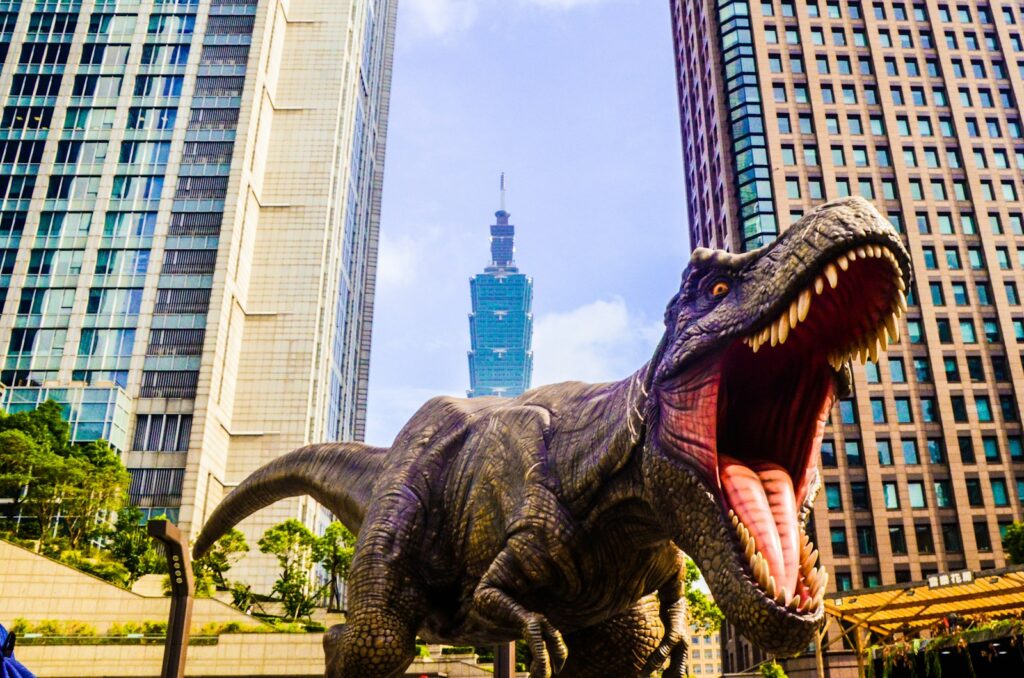
Had dinosaurs persisted to modern times, their interaction with human civilization would create fascinating and complex dynamics. Human agricultural development would have proceeded very differently with dinosaur competitors and predators present, potentially limiting human population growth and technological development. Conservation challenges would be dramatically different, with efforts potentially focused on preventing conflicts between humans and dangerous dinosaur species. Climate change driven by human activity would be affecting dinosaur ranges and behaviors, potentially driving many species toward extinction through habitat loss and temperature changes exceeding their adaptive capabilities. Domestication attempts might have occurred with certain dinosaur species, particularly smaller, more docile herbivores, creating dinosaur livestock or working animals. The presence of dinosaurs would have fundamentally altered human cultural, religious, and scientific development, creating a radically different modern world than the one we inhabit.
Scientific Insights from the Counterfactual

While our exploration remains necessarily speculative, this thought experiment provides valuable scientific perspectives. Examining potential dinosaur responses to climate change highlights evolutionary principles applicable to all organisms facing environmental shifts. The counterfactual scenario emphasizes how contingent evolutionary history is on chance events like asteroid impacts, demonstrating how differently Earth’s biological systems might have developed. Understanding how dinosaurs might have adapted to climate challenges provides insights into the adaptive capabilities of their living descendants—birds—which face similar challenges today. This exercise also illuminates the unprecedented rate of current climate change, which might have challenged even the adaptability of dinosaurs that had survived millions of years of natural climate fluctuations. By contemplating dinosaur responses to climate shifts, we gain perspective on the remarkable adaptability of life while acknowledging the limits of evolutionary responses to rapid environmental change.
Conclusion
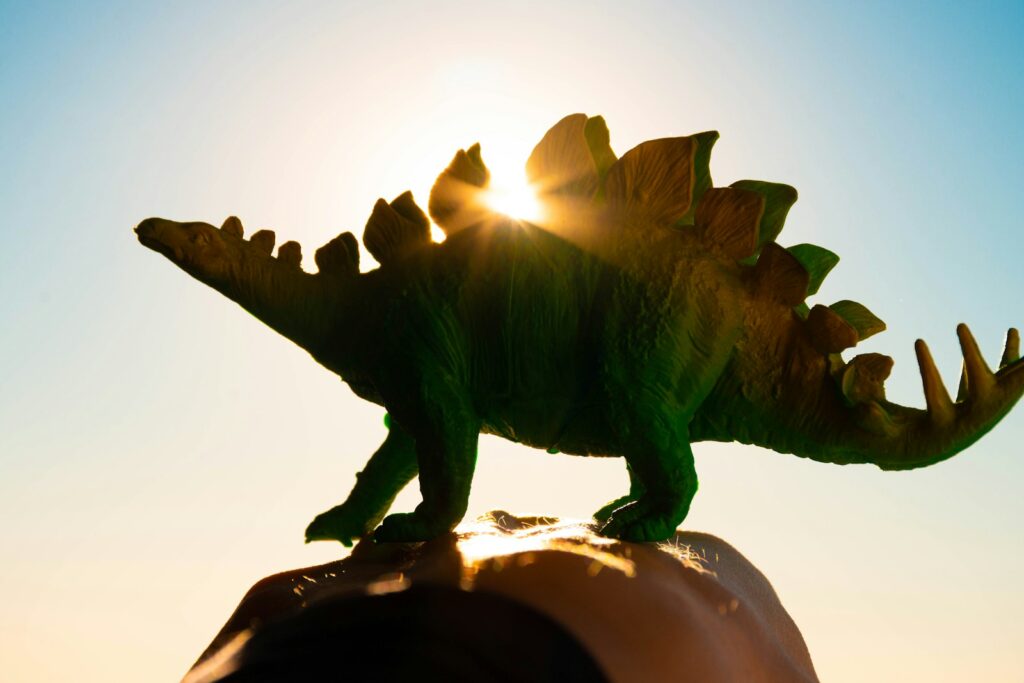
The survival of dinosaurs through 66 million years of climate fluctuations would have produced creatures remarkably different from their Mesozoic ancestors. Through adaptations in size, physiology, behavior, and ecology, surviving dinosaur lineages would have navigated cooling trends, warming periods, shifting continental arrangements, and changing plant communities. While our exploration remains speculative, it illuminates fundamental principles of evolution and adaptation applicable to all species facing environmental change. As we confront accelerating human-caused climate change, understanding how even the mighty dinosaurs would have been challenged by rapid environmental shifts provides perspective on the challenges facing modern organisms. Perhaps the most important insight from this counterfactual journey is recognizing both the remarkable adaptability of life and its ultimate vulnerability to changes that occur too rapidly for evolutionary processes to accommodate.

